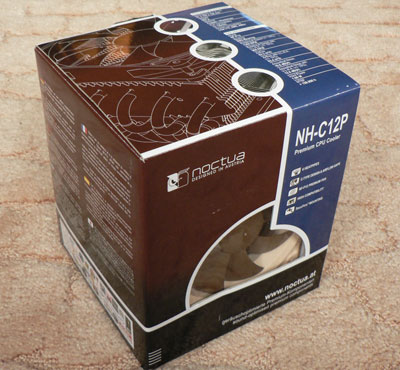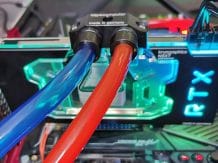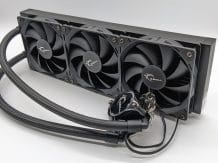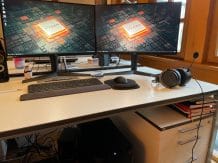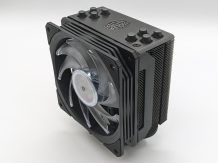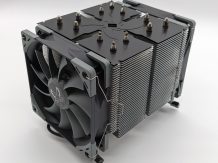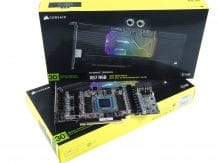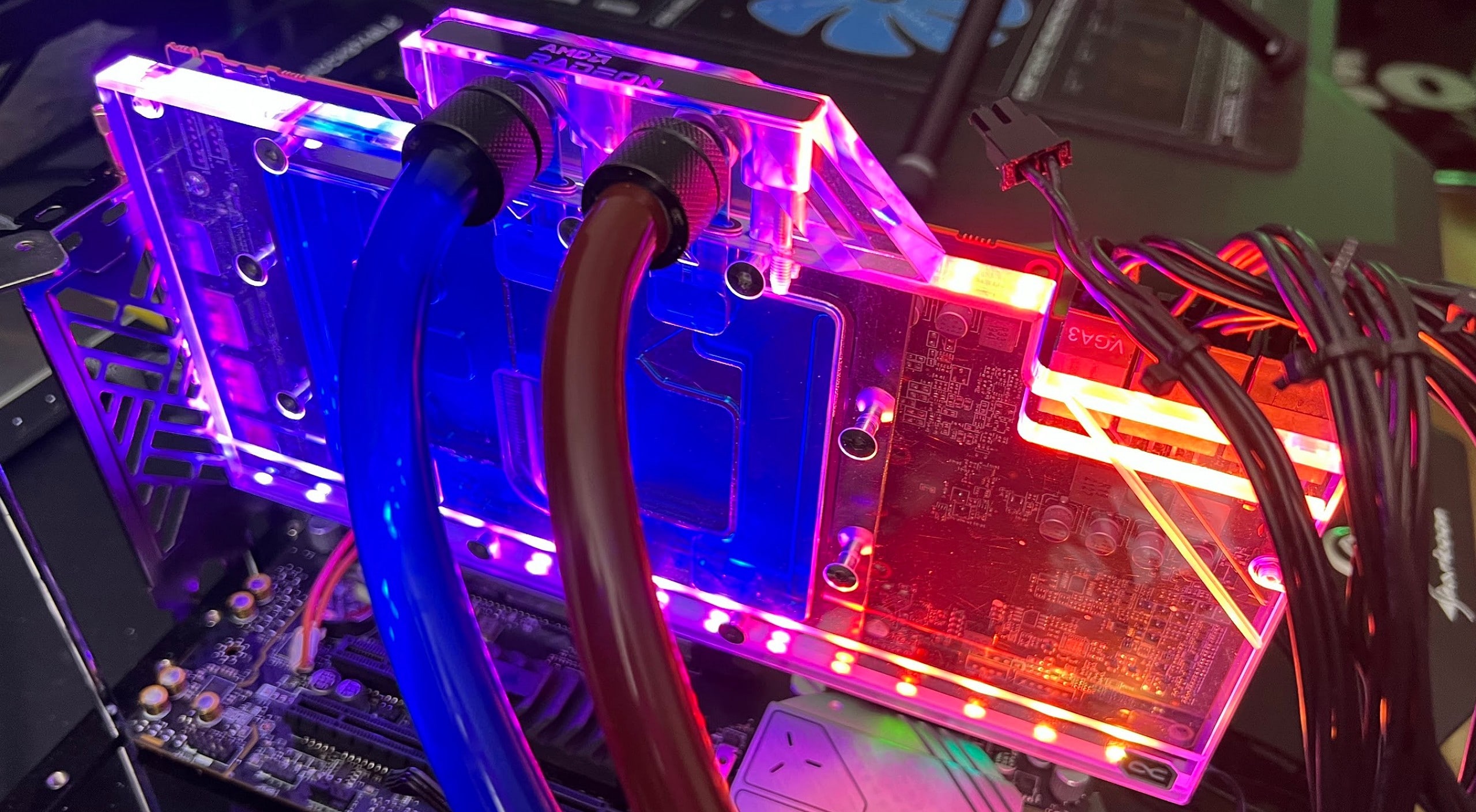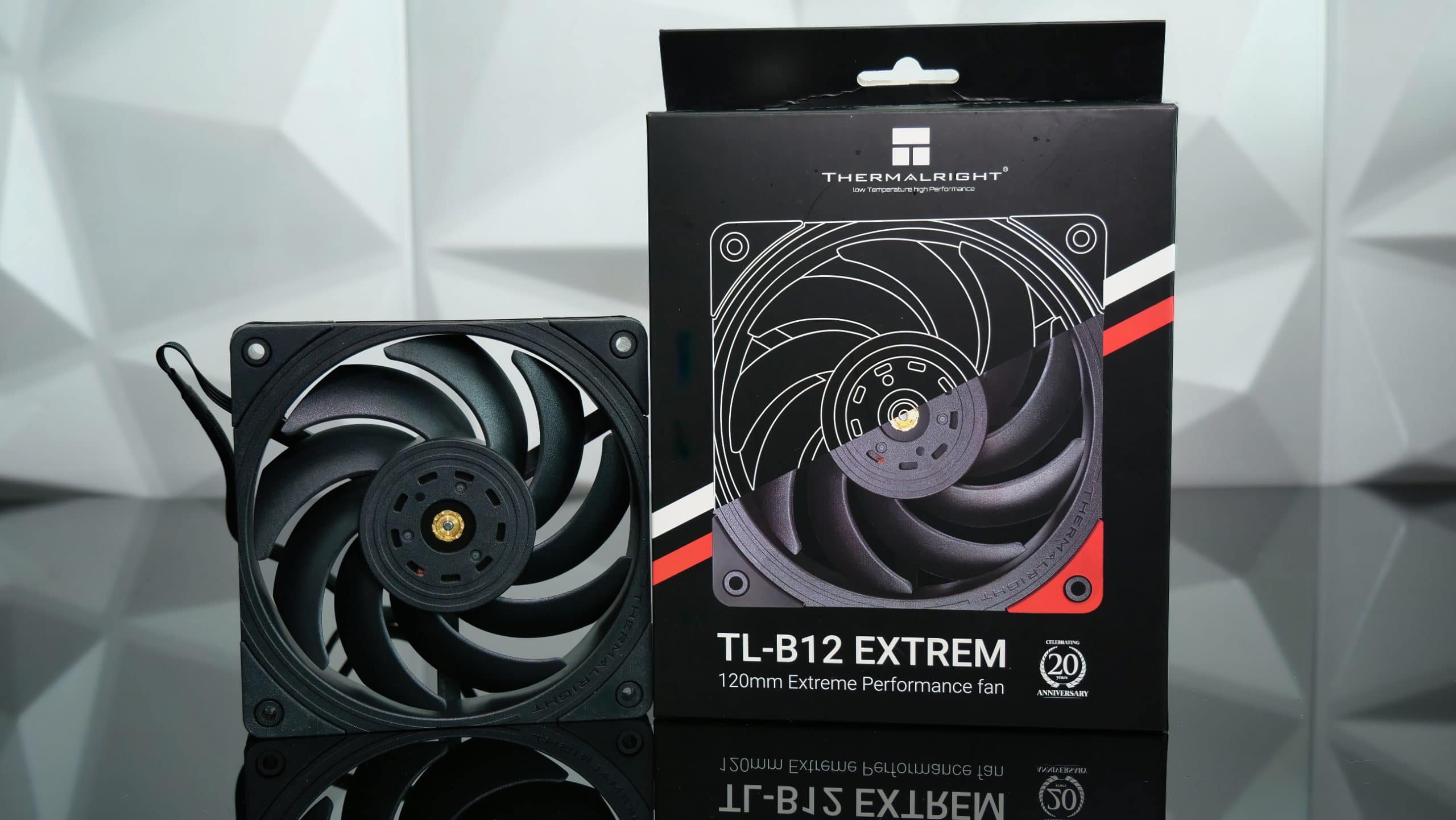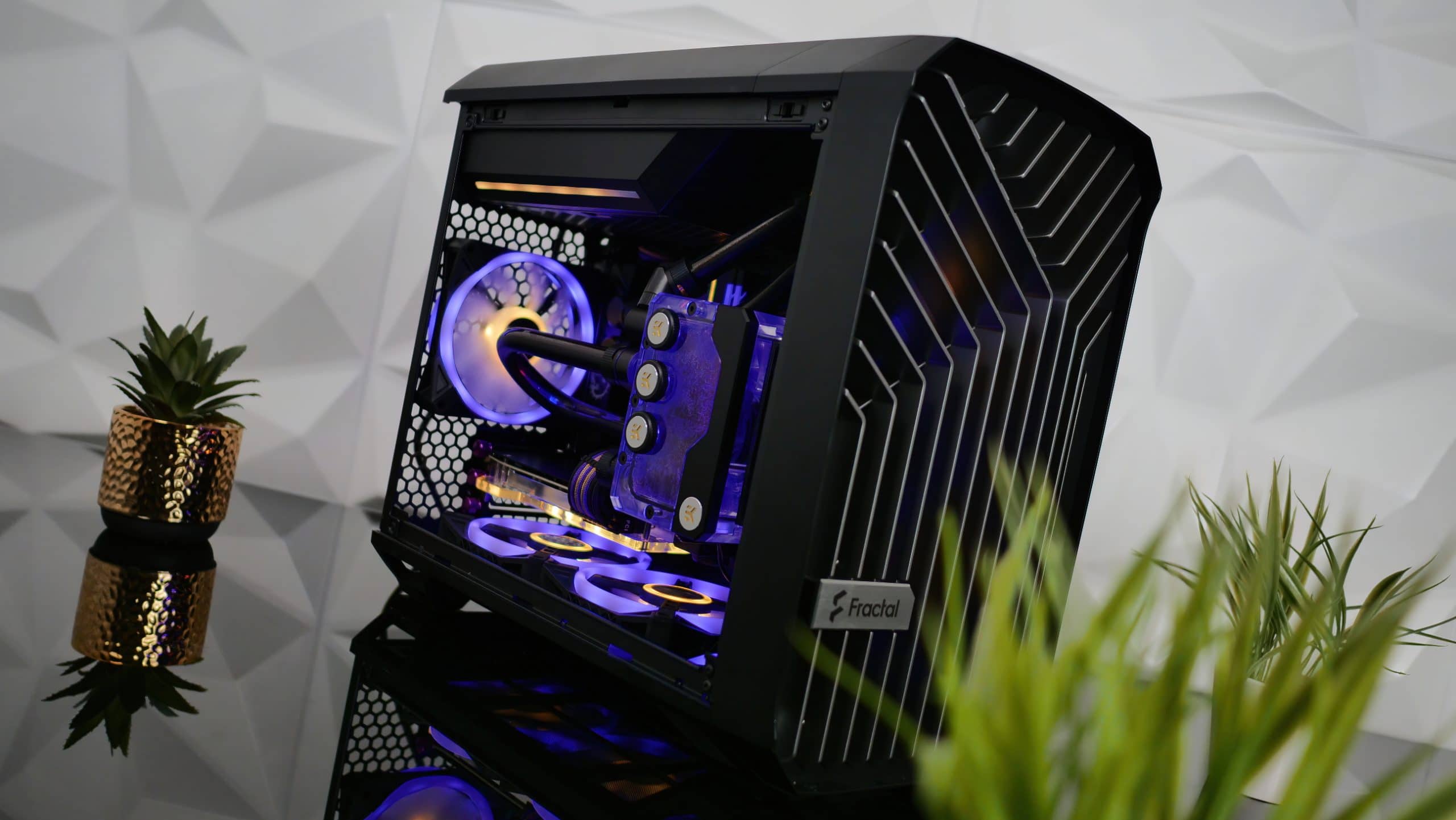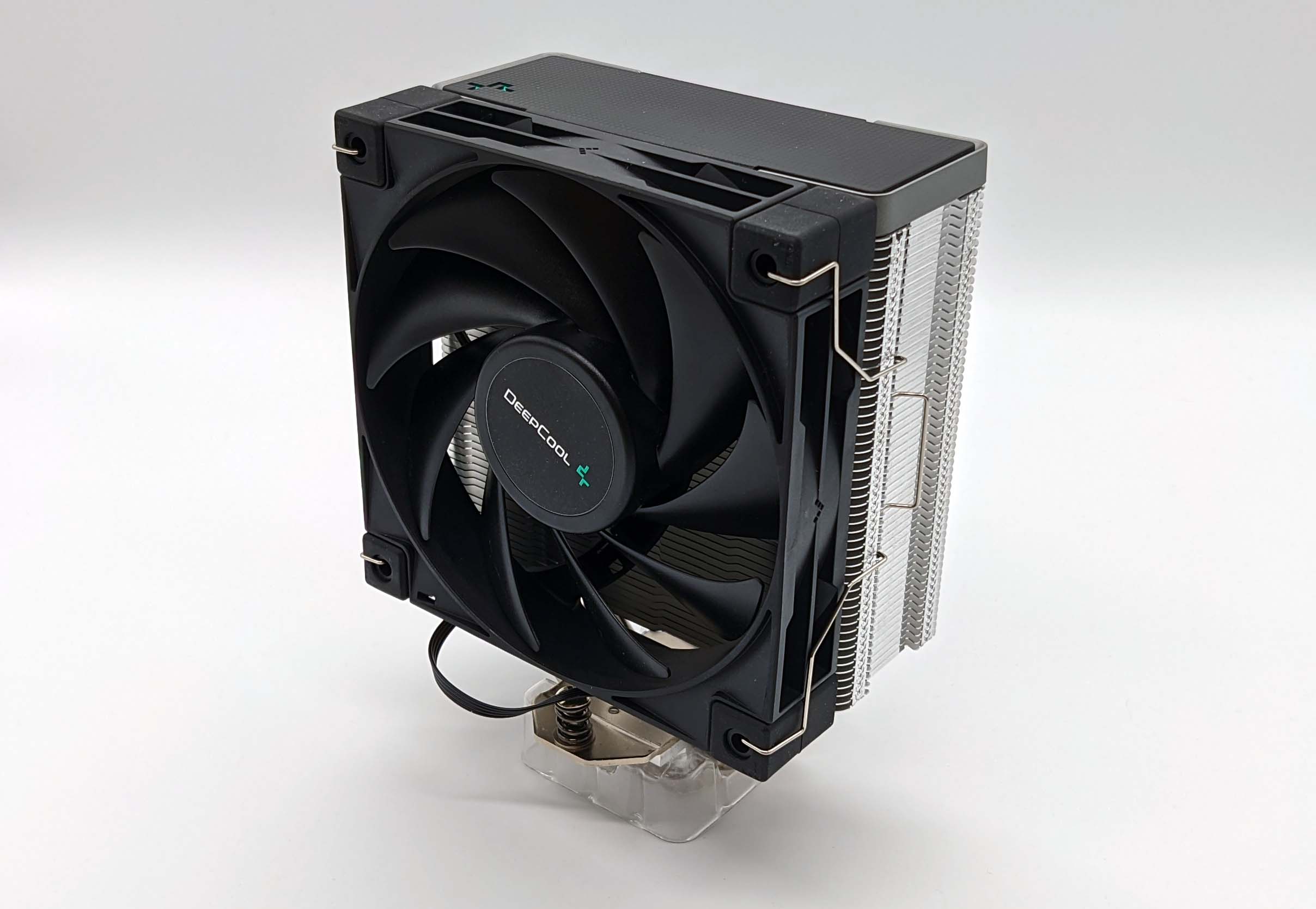Review and testing of the Noctua NH-C12P cooler for cooling central processors – Unlike other coolers, the cooling systems of the Austrian company Noctua do not stand out from the general variety with sonorous names since their inception. At first, overclockers were pleased with the NH-U12 and NH-U9 models, and after about a year and a half, the upgraded NH-U12 came outP and NH-U9P… With Noctua fans, chipset coolers and even thermal interfaces, the same, sorry, “ambush”. By the name of the model, it is completely unclear what exactly this or that product is. Apparently, the engineering roots of Noctua and, first of all, the scientific approach to both the design of coolers and their designation are reflected here.
Although, it seems to me, the name of the cooler, which attracts attention, sonorous, so to speak, should have a favorable effect on its fate on the market. Be that as it may, today’s novelty from Noctua again requires overclocking of attention when ordering it, since only one letter has been changed in the model designation – NH-C12P – despite the fact that there are more than enough design changes in comparison with predecessors.
packaging and equipment
The packaging design of the new cooler has not undergone any significant changes in comparison with the Noctua NH-U12P model. All the same thick cardboard with a cutout in the front side and the same predominantly brown range, echoing the company’s style:
The cardboard box contains a lot of information: detailed specifications of the cooler, a list of compatible platforms, a description of the key features and technologies used in the cooling system, a list of awards in printed and electronic publications received by the products of the Austrian company. In general, there is everything that your heart desires.
Inside the box is divided into two compartments. The large one contains a radiator with a fan, and the small one, which is a small flat box, contains the accessories of the delivery set:

announcements and advertisements
-14000р на RTX 3060 ASUS Dual
RTX 3060 MSI Gaming – a drain for a penny
RTX 3070 cheapest and all at Compeo.ru
-15000р на RTX 3060 MSI Ventus
Prices for video cards went down steeply
-14000р на RTX 3060 Gigabyte Eagle
Another top vidyaha with a mega discount
RTX 3060 – prices have gone down
First-hand Z590 motherboards at very good prices
RTX 3060 12Gb in XPERT.RU – be in time 🙂
Galaxy S20 family price crash 25% discount
RTX 3070 at XPERT.RU at the lowest prices
Lots of RTX 3090 in XPERT.RU
Everything here is traditional for Noctua, clear and neat. A set of fasteners for each type of connector is in a separate signed bag, the third package contains Noctua NT-H1 thermal paste, two adapters to reduce the fan speed, silicone strips with an adhesive side, springs and screws, as well as two wire fasteners for the fan. A beautifully designed clamshell manual for installing the cooler is attached separately.
In turn, the following components are included in the kits for different types of connectors:
Socket 754/939/940/AM2 & AM2+ | LGA 775 |
|---|
In general, everything is clear from the above photos, so I don’t see a special need to list the components. Let’s move on to studying the design features of the new cooler’s radiator.
design features of the radiator
To say that the design of the Noctua NH-C12P radiator is particularly original would not be entirely true. Nevertheless, it should be noted that the engineers from the Austrian Institute for Heat Transfer and Fans approached the creation of the novelty with their inherent meticulousness and meticulousness in every detail. As a result, a radiator was born. C-type, as the manufacturer calls it, or, more simply, top-orientation with the direction of airflow from the cooler fan to the surface of the motherboard.

The dimensions of the Noctua NH-C12P radiator are quite modest by modern standards and are 91 x 126 x 152 mm with a weight of 550 grams:

Taking into account the fan of standard size 120 x 120 x 25 mm, the cooler grows to 114 mm in height and adds up to 730 grams in weight.
The cooler’s radiator is made up of three sections of two types of aluminum plates. If you look at the cooler from the side of the ends of the heat pipes, then first comes the largest section of 20 trapezoidal plates. It is followed by a section of 15 narrower, but at the same time taller plates in direct contact with the base of the cooler. Well, then again trapezoidal plates in the amount of 9 pieces:

The intercostal distance in each of the sections is 2 mm, and the thickness of the plates is ~ 0.5 mm. The calculated radiator area is approximately 4300 cm2.
Particularly noteworthy are two openings in the radiator, formed just by the central insert, that is, some of the outer tubes turned out to be bare:

According to the information that was found on the official website, these openings are made specifically so that part of the air flow from the fan is directed directly to the motherboard to the elements of the near-socket space. The decision, in my opinion, is controversial, since forty-two percent of the extreme heat pipes in this case simply do not participate in the cooling of the central processor.
Six copper nickel-plated heat pipes with a diameter of 6 mm extend from the base of the cooler, which penetrate the body of the radiator and are located in it in an arc-like manner:

Please note that the upper ends of the radiator fins are made of variable heights. The depth of these “waves” is about 4 mm, and the purpose is already well known and consists in reducing the resistance to the air flow from the fan, which, in turn, allows the use of fans with low rotational speed and low noise level without loss of efficiency. There are also several waves at the bottom at the ends of the ribs, but here they are already designed to increase acoustic comfort.

The heat pipes in the copper plate of the cooler base lie in grooves specially milled for this, due to which the heat exchange area of the cooler base and heat pipes is increased, therefore, the heat transfer will be higher than when contacting with planes, as is practiced by Scythe, for example. Here I will add that all the cooler elements are connected by soldering.
The processing quality of the base is at the highest level, just a little bit was not enough to mirror polish:

Checking the flatness of the base surface on the glass, and then by the imprint of thermal paste on the even processor heat spreader, showed that there is nothing to complain about here either:

We have already told you in detail about the Noctua NF-P12 fan included in the package of the new cooler. Therefore, here we will limit ourselves only to his photo:


The nominal fan speed, according to the specifications, is ~ 1300 rpm, and two adapters allow it to be reduced to ~ 1100 and ~ 900 rpm with a corresponding reduction in noise and air flow.
At the end of the review of Noctua NH-C12P, I will give a few photos of it in comparison with the generally recognized leader of this type of air cooling – the Thermalright SI-128 cooler:

It is easy to see that the novelty from Noctua is somewhat larger in size, both in length and in the height of the ribs:

At the same time, the number and frequency of ribs in Thermalright SI-128 is much higher, and the intercostal spacing is half as much (1 mm for Thermalright clean against 2 mm for Noctua). If we compare the radiator area, then SI-128 is superior to the competitor here too: ~ 6786 cm2 against 4300 cm2.
In addition, do not forget about the tube diameter, which is 2 mm larger for Thermalright SI-128:

True, they (tubes) are less by two pieces. In general, the competitor today for Noctua NH-C12P is very serious, but before proceeding to testing, let’s look at the procedure for installing a new cooler on motherboards.





